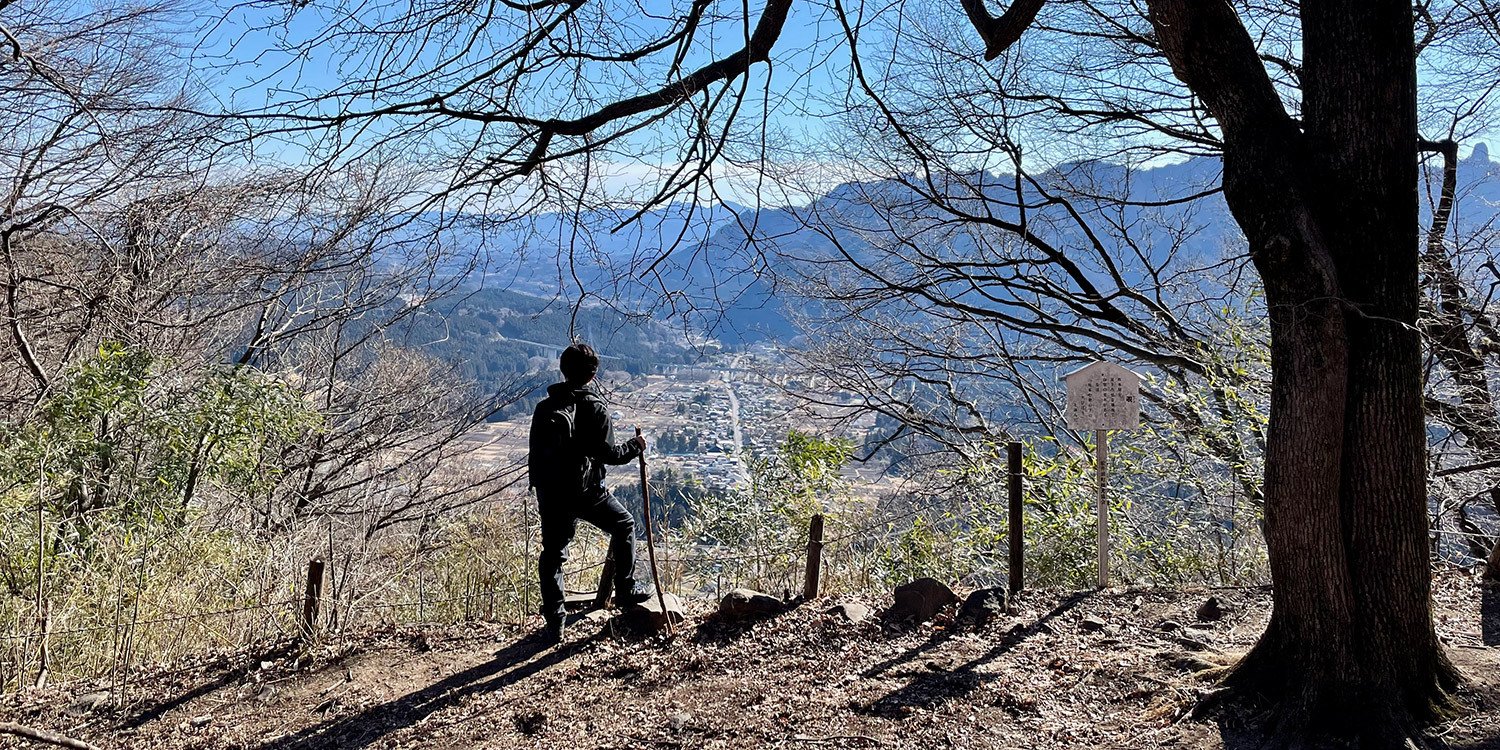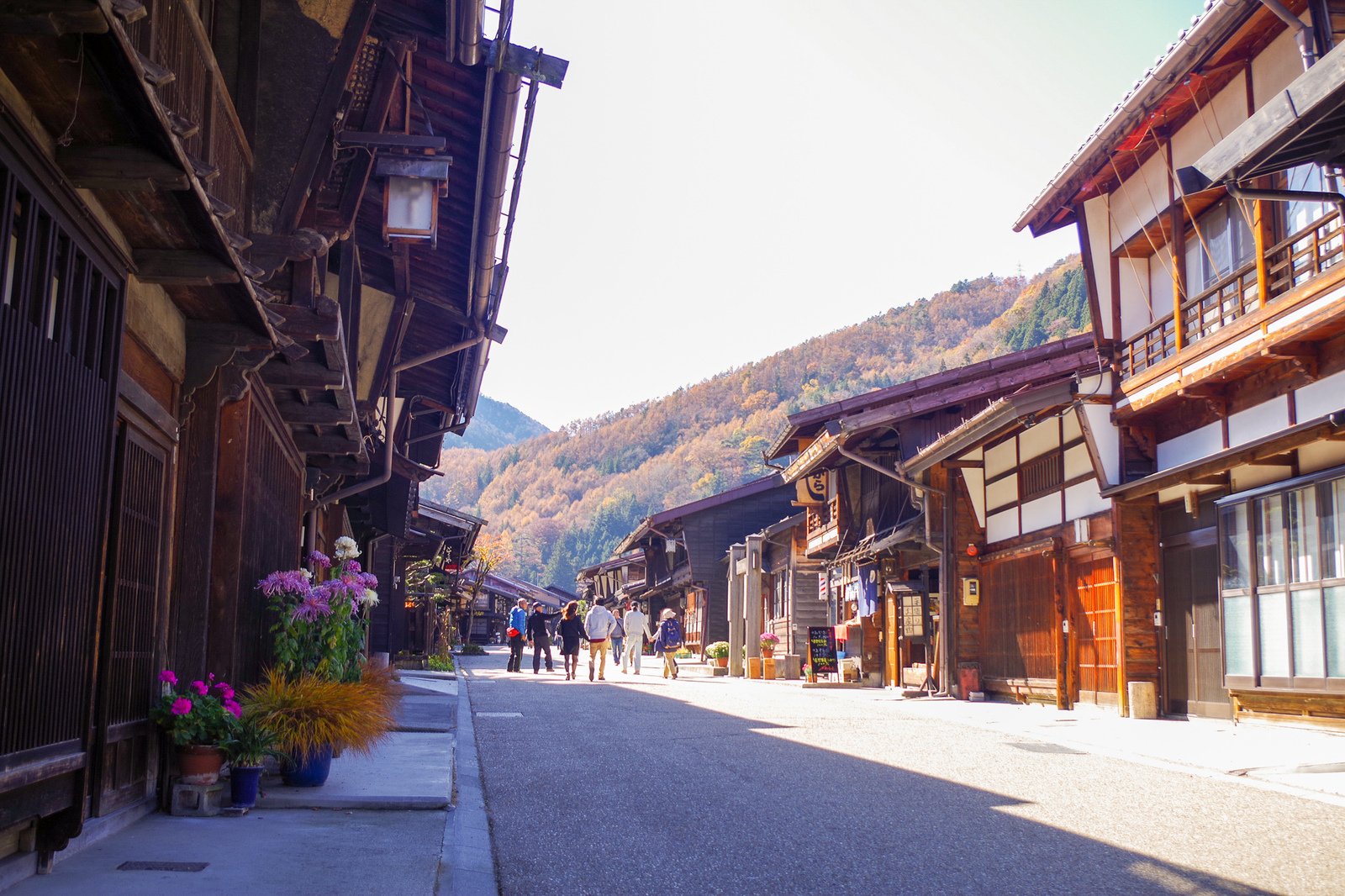Five Foods You Have to Try on the Nakasendo
Take a break from walking along this ancient trail to enjoy some of its local food.
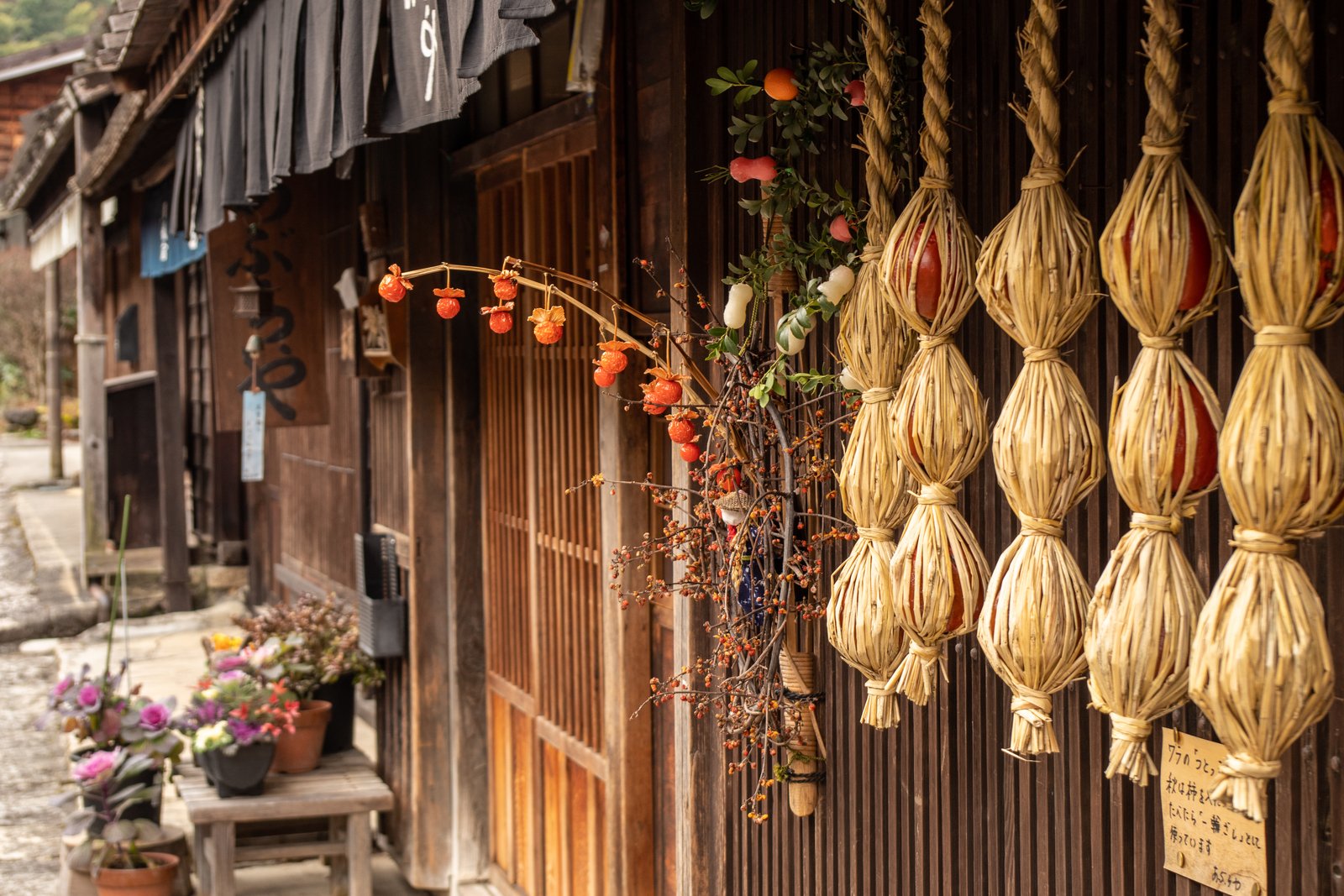
The Nakasendo is known for its long winding trails, beautiful mountainous scenery, quaint inns and relaxing hot springs baths.
While these are all quintessential experiences on the Nakasendo, the food scene is another important reason to visit. The region utilizes fresh, local ingredients to create delicious seasonal dishes that are distinct from other areas of Japan. The foods eaten on the Nakasendo to this day are products of its history and geography. While the Nakasendo goes all the way from Kyoto to Tokyo, this article focuses on the Kiso Valley portion of the Nakasendo and the popular food items there.
Five Foods You Have to Try on the Nakasendo
1. Soba Noodles
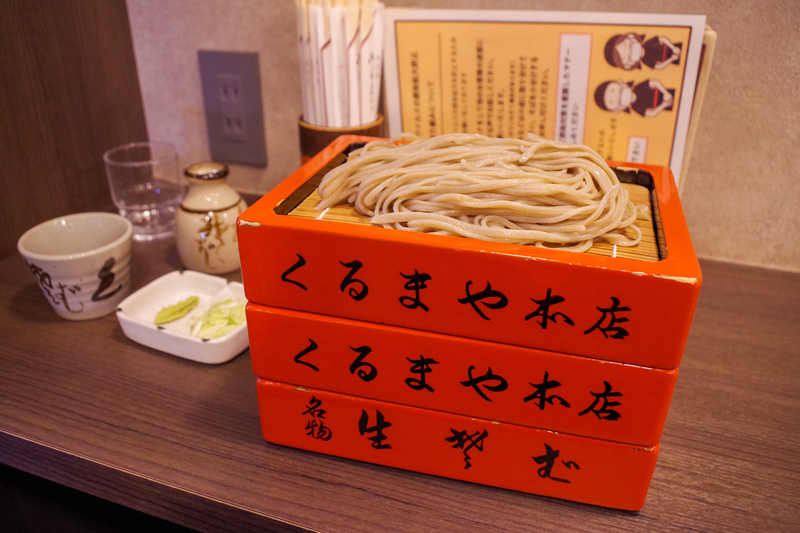
Soba (buckwheat) noodles are a delicacy throughout Nagano Prefecture with regional variations and styles, but they are especially famous in the Kiso Valley. Soba noodles are eaten both hot and cold, depending on the accompanying dishes, season etc. Try eating both styles to experience the different tastes and textures and see which you like better.
When eating them cold, dip the noodles in the sauce, making sure to slurp them up loudly! One distinct feature that is sometimes found in the Kiso Valley is using a walnut sauce rather than the traditional soy sauce/dashi mixture. Cold soba is often served with a side of freshly fried tempura made with locally foraged mountain vegetables or mushrooms, depending on the season.
Hot soba comes in a broth with items like mountain vegetables, mushrooms, tempura flakes, grated yam or an egg on top. One feature of the Kiso style is a delicious broth of strong soy and dashi flavor. Hot soba noodles are especially good when it's cold outside or after a long day of hiking. If you like it spicy, make sure to add some shichimi pepper flakes.
Buckwheat is a common food allergy, so make sure you don't have it before trying soba for yourself.
Where to Find Soba
There are soba restaurants all around the Kiso Valley. Some of our recommended ones include Rakurakutei in Narai, Kurumaya Honten in Kiso Fukushima, Keiseian in Magome and Omote in Tsumago.
2. Goheimochi
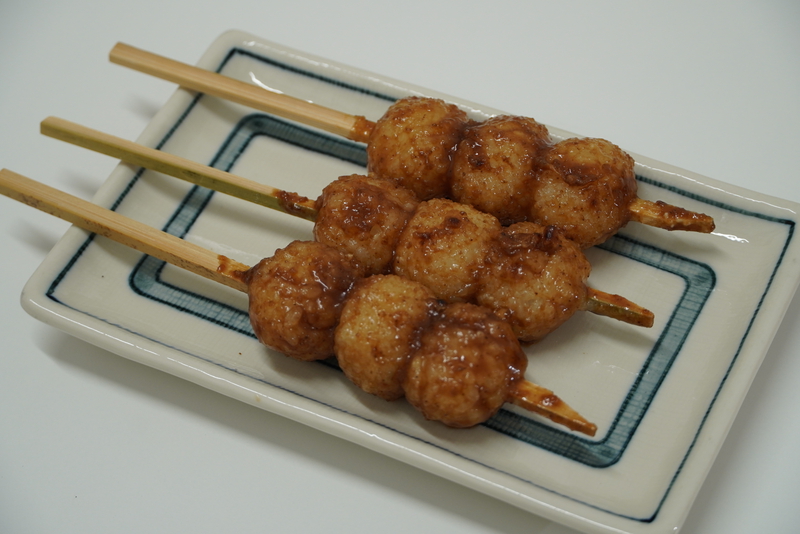
Goheimochi is sticky rice on a stick with a sweet miso or walnut sauce that has been grilled to perfection on the outside. The hot, sticky, chewy, salty, sweet gooeyness gives you energy and keeps you wanting more!
The origins of Goheimochi are unclear, although historians theorize that it began either as an offering to Shinto deities or as a portable food for forestry workers. Either way, it's great for travelers on the Nakasendo who just want something light or for a quick snack before continuing on their way.
Where to Find Goheimochi
There are food stalls in every post town on the Nakasendo selling items such as Goheimochi and Odango (mochi rice balls). Look for a street stall like this or just follow your nose! Some restaurants on the Nakasendo also offer Goheimochi. The cost is typically around 300 yen per stick.
3. Persimmon Kurikinton
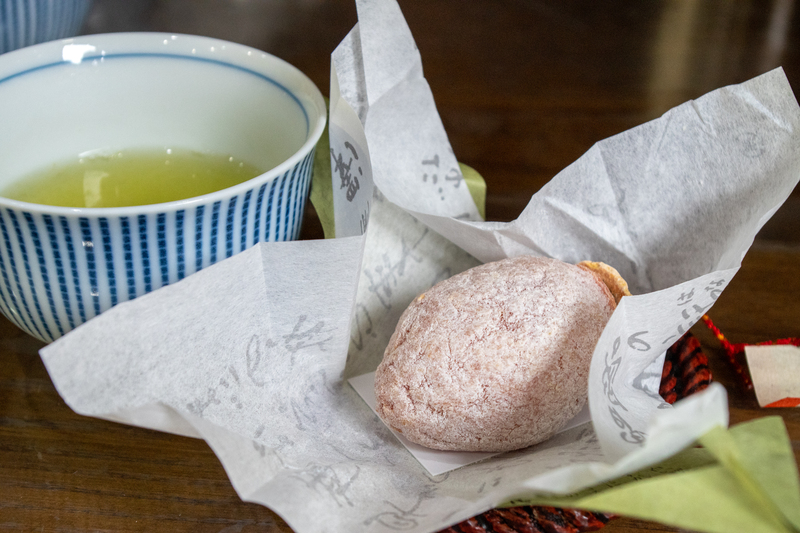
Kurikinton is a candied chestnut dish found all over Japan. While the Kurikinton on the Nakasendo is delicious, there is a regional variation that is only found in the Kiso Valley. In this version, Kurikinton filling is stuffed into a dried persimmon. For dessert or a snack, this is definitely something you will want to try.
The Kurikinton and persimmons are so good here because they grow in the perfect climate. Only the finest home-grown chestnuts and Ichida persimmons are used. Please note that because persimmons and chestnuts are seasonal, this dish is only available in the autumn season and only for a few weeks in October/November.
The persimmon kurikinton only keeps fresh for around one week so make sure to finish them during your trip to Japan.
Where to Find It
The most well-known shop selling persimmon kurikinton is Sawadaya in Tsumago. As you enter the post-town coming from Magome, it will be on your left shortly before the road splits. You will notice a display of Japanese desserts, as well as a pot of tea and a bench outside where you can enjoy your snack.
4. Ayu and Iwana
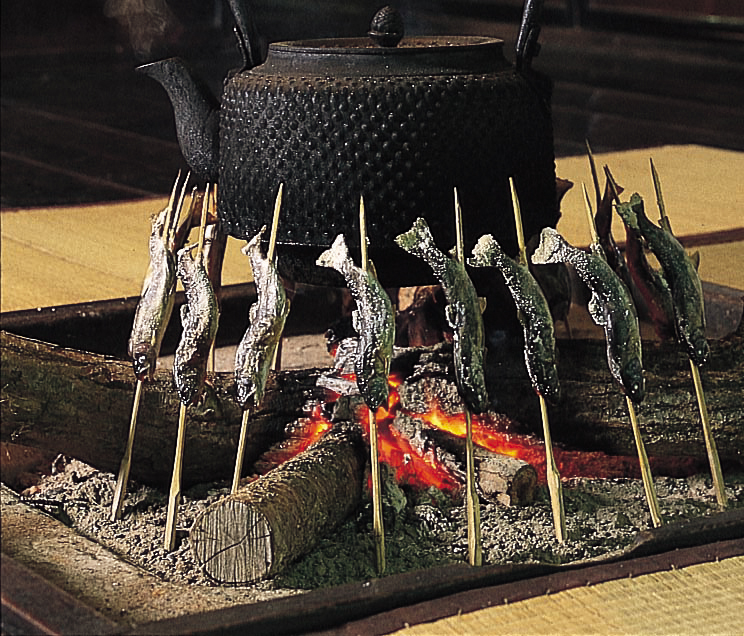
Because the Kiso Valley is located far from the ocean, sushi, sashimi and other seafood items were not readily available. Instead, people here primarily caught and grew fish from the river. These include Iwana, Ayu and Masu (types of char, sweetfish and trout). Grilled whole over a charcoal fire with only salt for seasoning and pickled ginger accompaniment, this is a delicious side to a kaiseki meal or a snack during a hike.
5. Sake
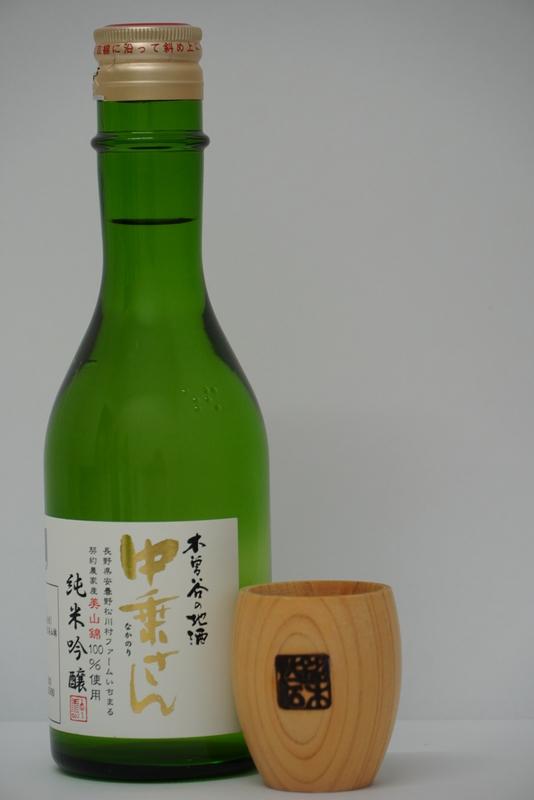
Another essential element of Kiso Valley culinary culture is its delicious sake. Kiso has four sake breweries, and most accommodations and restaurants here serve their sake. You can also taste sake straight from the source at the Nanawarai and Nakanorisan breweries in Kisofukushima. Tasting a variety of sake from the same brand is a great way to learn more about sake and find the perfect souvenir to take home.
Unlike other alcoholic beverages, sake is enjoyed at a wide variety of temperatures, so try different styles according to the type of sake and the season. Want to warm up after a cold day outdoors? Try atsukan, a cup of sake heated to around 50°C. Want to get the most out of an expensive, aromatic sake? Have it slightly chilled instead.
6. Bonus: Visit some of the Nakasendo's Cool Cafes
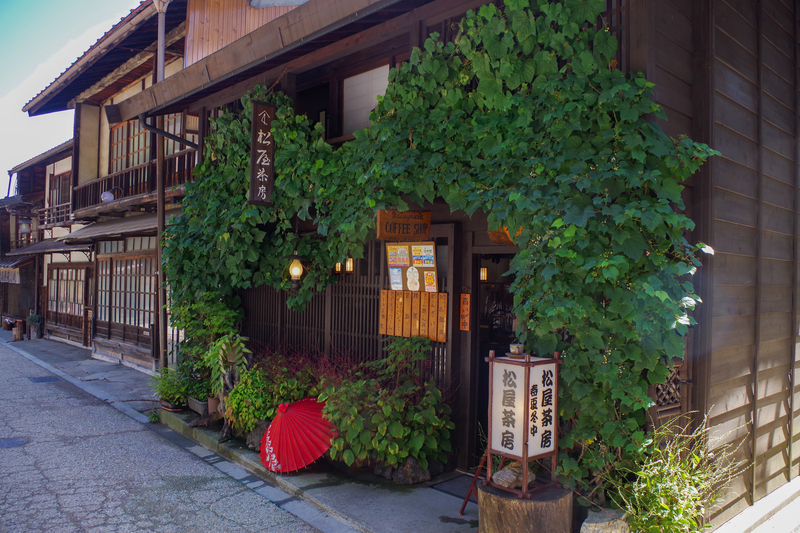
Although it's not traditional Nakasendo fare, there are some cool cafes in the Kiso Valley worth checking out. Not all ryokan inns serve coffee in the morning, so if you need a pick-me-up, stopping by a local cafe can be a good way to start your day. Many of these cafes are run by people who have chosen to live and start businesses in the Kiso Valley, helping to preserve the valley's long history and culture. The combination of traditional Nakasendo architecture with a modern interior is also an interesting aspect to enjoy.
Notable cafes around the Kiso Valley include the Hillbilly Coffee Company, which serves high-quality espresso drinks in Magome post-town; Kojitsu Coffee, a café operating out of an old Machiya-style building in Tsumago; and Matsuya Sabo (pictured), a cozy café in Narai whose owner enjoys speaking English with visitors.

